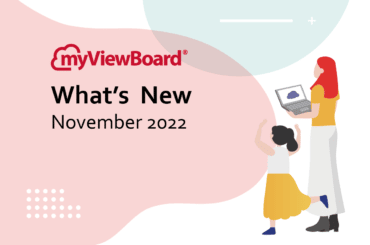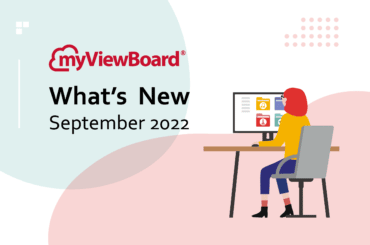This post is also available in: Español (Spanish) 繁體中文 (Chinese (Traditional))
Quick Take: Everyone wants a competitive edge to land their dream job. Getting access to the right technology and learning to use these tools to enhance your worthwhile in school will be vital. We will look at:
- The importance of education technology in the classroom
- The technology needed for future jobs in growth areas – STEM Jobs
- The need to provide teachers access to EdTech
Technology in the classroom and school could become a major contributor to success in educating the next generation. Incorporating education technology in learning could help facilitates the process of helping children become productive members of society – both during their time of learning and adulthood. It is our job to ensure that educational institutions are using the right technology in their classrooms to ensure their students achieve these goals.
Education Technology in the Classroom
Of course, technological tools have already been used in the classroom, with some critics pointing out mixed results. This may largely be due to the use of technology to emphasize methods such as rote memorization. However, EdTech is evolving to meet the needs of a more modern learning style: one that will equip both students and educators with skills that will be enhanced not replaced, by technology. Moreover, schools are also paying attention to the cost of EdTech: according to EdTechXGlobal, worldwide EdTech spending will hit $252bn by 2020. A staggering amount for even the most budget rich school. Additional factors driving this change include the more future-forward approaches of using technology to facilitate learning on demand and learning that requires collaboration and creativity.
Preparing Students for Current and Future Workplace Requirements
While traditional and modern learning is not always completely at odds with one another, learning on demand is a newer approach that requires active learning – which is more effective at helping students retain and use information. The same applies to activities that involve groups and creativity in the classroom.
In addition, although machines increasingly improve at a variety of tasks traditionally performed by people, collaboration and creativity are two areas algorithms have difficulty breaking into. This provides even more reasons to encourage students to pursue the enhancement of these skills.
Students, professionals and other learners are already taking advantage of on-demand education outside of the classroom to better equip themselves for the skills required in the current and future workplace. As far as the classroom goes, it too should facilitate such ends by being “…the place where students can learn how to work independently, as well as collaboratively, in an environment that is more flexible with the innovative integration of new technology and better opportunities for student/teacher/parent collaboration.”
Such an environment would help current and future students to support their communities and prepare for the future workplace in a variety of fields. Of course, when it comes to science, technology, engineering and math (STEM) these concepts may be even more applicable.

STEM Skills and Future Job Growth
The National Math and Science Initiative predicts STEM job creation over the next 10 years will outpace non-STEM jobs significantly at around growing 17 percent. The Australian government acknowledges that STEM skills play a crucial role in newly-developing fields, including “biotechnology, information and communications technology (ICT) and advanced manufacturing,” helps more traditional businesses including “agriculture, resources and healthcare” stay ahead of the curve within their respective industries, and is required in “75 percent of the fastest growing occupations.” Additionally, APAC nations such as Malaysia and Singapore are growing their efforts to increase students’ exposure to STEM in both the classroom and the workplace. It will be vital for STEM learners globally to adapt and integrate the best and newest technologies while in the classroom so they will be ready to use these same tools at their future workplace.
Using Classroom Technology to Help Educators and Students Be Successful
To empower their students, educators will require access to the proper tools and support to implement pedagogical platforms that incorporate more collaborative, technology-based learning. As teacher Katie Martin stated in her TEDx talk “Teachers Create What They Experience”: “If we understand that every system is perfectly designed to create the results it gets, then think about these two questions: Are you creating systems for teachers to comply and implement your ideas and your programs? Or are you creating systems to bring people together – to learn, and create better opportunities for the kids in their classrooms?”
See a Problem? Get Started Answering it Today!
We can see very clearly that technology will be an essential part of the future workplace. It will be our job, as educators while we have our students in the classroom to prepare them for tech-heavy future by giving them the skills needed to use technology to enhance their work and not be replaced by it. Higher paying and skilled jobs in STEM is a field that will definitely need to integrate the latest technology to give their students the best chance of landing their dream jobs. Getting your school and classrooms ready is a big assignment and will take the effort and investment of many people working together. Get started today.
Learn more about EdTech and Education Solutions here. Or learn more about technology in the classroom.





2 Comments
Also, personalized learning , I guess. Students taking ownership of their education with the help of edTech help them set their own goals and learn at their own speed.
I think the most important thing is to know how much technology to use in a classroom because it has cons like cheating and watching movies.